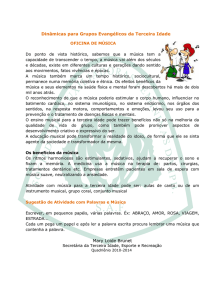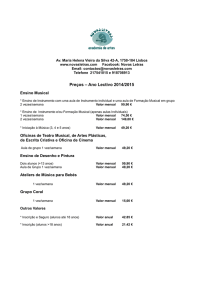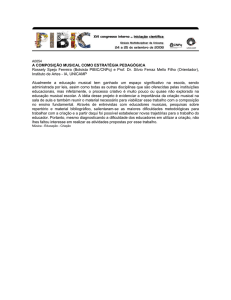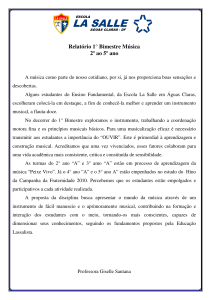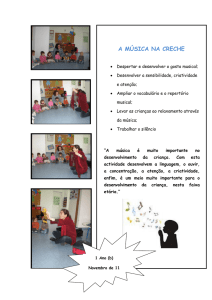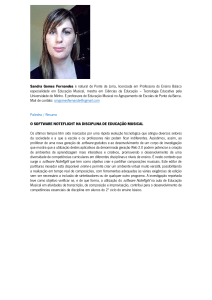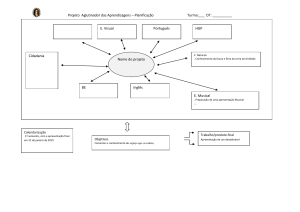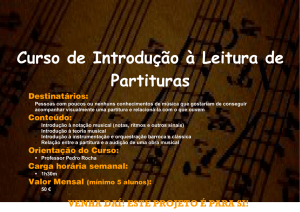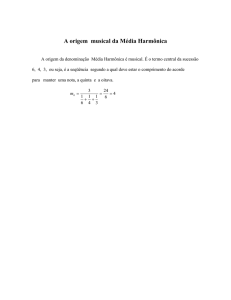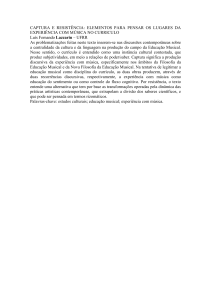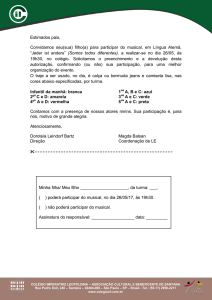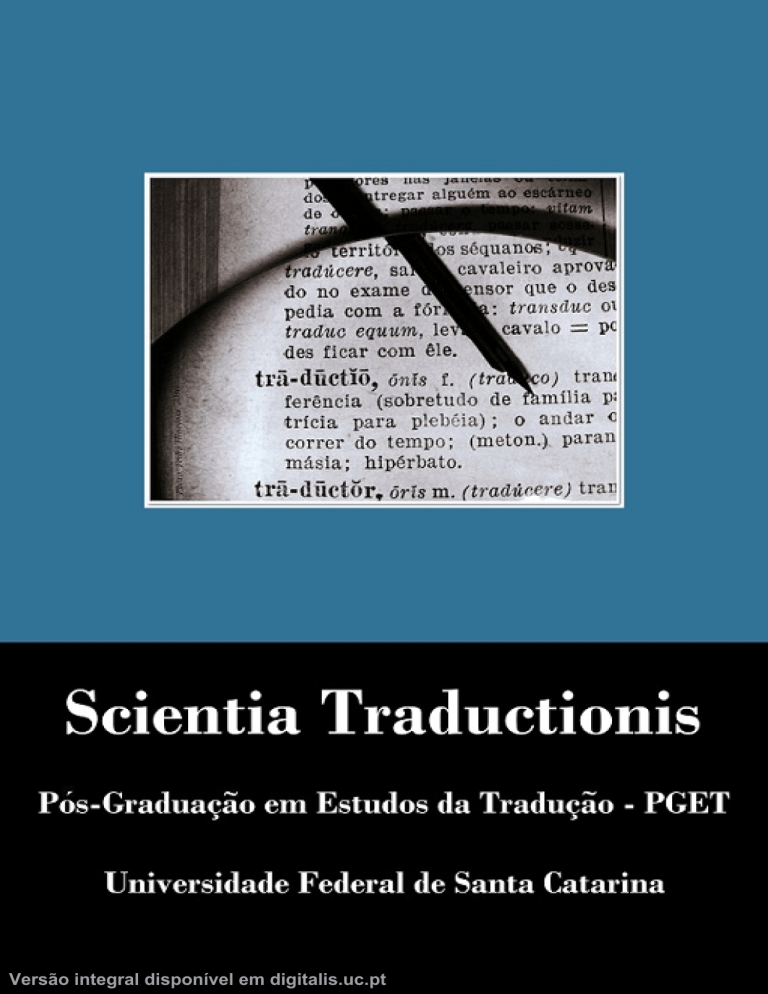
Versão integral disponível em digitalis.uc.pt
OS LOUVORES MUSICAIS NO RENASCIMENTO ITALIANO:
COMENTÁRIOS E TRADUÇÃO DO EXÓRDIO AO “PRUDENTE
LEITOR” DO TRATADO IL TRANSILVANO – DIÁLOGO SOBRE
A MANEIRA CORRETA DE TOCAR ÓRGÃO E INSTRUMENTOS
DE TECLADO – DE GIROLAMO DIRUTA (1593)
GIROLAMO DIRUTA
DELPHIM REZENDE PORTO
Resumo: A tradução de escritos humanistas
de música é uma tarefa complexa. Conhecer
com profundidade o assunto tratado, os idiomas relacionados à obra e seu contexto histórico são apenas pontos de partida para o eficiente reconhecimento das tópicas que seus autores visitavam em suas escritas literárias, e
consequentemente sua “perfeita” tradução. O
pensamento próprio da cortesania e a grande
difusão de obras da Antiguidade Clássica –
visitadas como modelos de forma e topoi nas
mais diversas produções renascentistas, sobretudo no século XVI – articulam nos tratados musicais conhecimentos históricos, retóricos e filosóficos, além dos técnicos e próprios do exercício da arte – tendo sempre como fim o deleite, persuasão e instrução dos
“prudentes” leitores. Obra referencial da produção musical para teclados – órgão e cravo,
principalmente – o Il Transilvano de Girolamo Diruta (1554?-1610?) é exemplo e modelo da tratadística musical que une assuntos
particulares da arte à retórica e de seu legado
tópico difundido sob a influência humanista.
Pretende-se, assim, demonstrar o paratexto e
os artifícios de que o autor lança mão na escrita do exórdio do Tratado, e propor sua tradução para a língua vernácula.
Abstract: The translation of humanistic writings about music is a complex task. A deep
knowledge of the subject, of the languages
involved, and of the works’ historical contexts are just the beginning for one to efficiently recognize the topics that the authors of
those works dealt with in their literary writings, and to do “perfect” translations of
them. In the Renaissance, the typical
thought at the courts associated with the
diffusion of the works of Classical Antiquity
– seen as formal models and topoi for various
productions during the time, especially in the
16th century – articulate a collection of historical, rhetorical and philosophical knowledge
– besides musical –, that aimed always at the
delight, persuasion and instruction of the
“prudent” readers. Girolamo Diruta’s (1554?1610?) treatise Il Transilvano is a reference
in keyboard studies – organ and harpsichord
– and an example and model of musical treatises that incorporate to it subjects such as art
and rhetoric. This paper aims at introducing
the paratext (the exordium) as well as the devices the author used in its writing, and at offering a translation of the exordium into Brazilian Portuguese.
Palavras-chave: Tradução retórica. Música.
Renascimento. Girolamo Diruta. Tratadística
musicais.
Keywords: Rhetoric translation. Music. Renaissance. Girolamo Diruta. Musical treatises.
Scientia Traductionis, n.15, 2014
http://dx.doi.org/10.5007/1980-4237.2014n15p391
Versão integral disponível em digitalis.uc.pt

